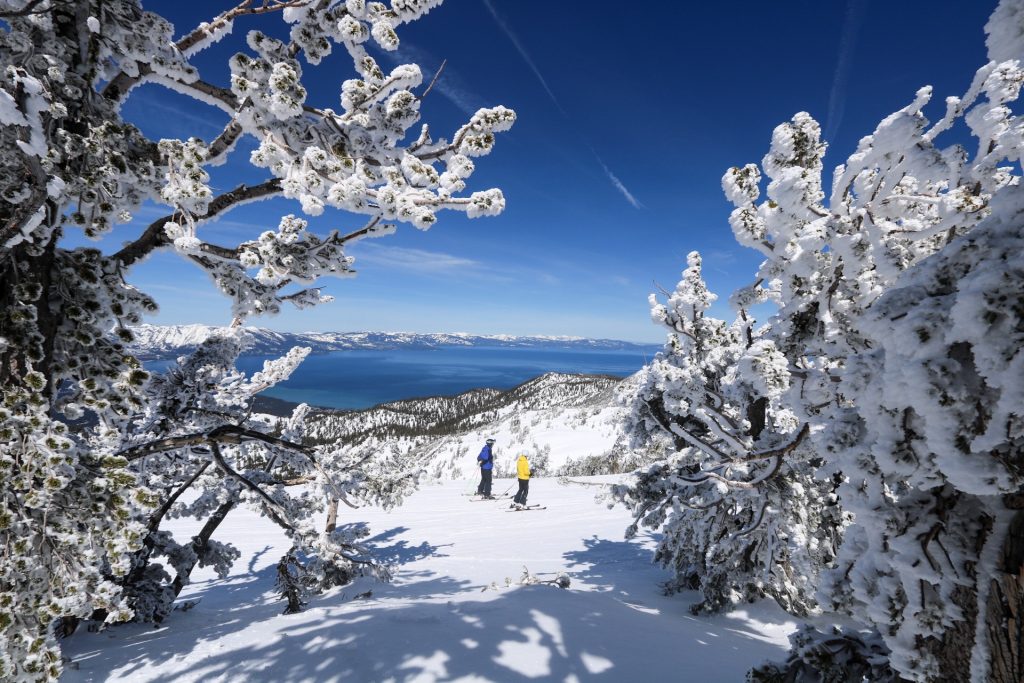Vail Resorts To Cover Its Entire Group Energy Use By Wind Power

One of the world’s largest ski resort operators, Vail Resorts, have announced investment in wind power which will ensure enough wind generated energy to offset 100% of the power needs of its 17 Canadian and US ski resorts by 2020.
The agreement with Lincoln Clean Energy will produce enough wind energy to reduce the emissions associated with Vail Resorts’ estimated North American electricity use by 100 percent, which includes all of the company’s 17 Canadian and US resorts and their associated retail, hospitality, and corporate offices.
The company has announced a multimillion-dollar long-term wind energy contract with Lincoln Clean Energy which, among other things, will enable the development of the Plum Creek Wind Project, which is expected to be completed in 2020.

Under the 12-year agreement, Vail Resorts is purchasing 310,000 megawatt hours (MWh) annually –the equivalent amount of electricity needed to power 30,000 average U.S. homes each year.
Vail Resorts have also recently signed a contract with Xcel Energy in Colorado to support a new solar energy facility, and is sponsoring Rocky Mountain Power’s request for proposal for 308,000 MWh of renewable energy, which could lead to a significant increase in the amount of solar, wind, and geothermal projects in Utah.
Additionally, the Company has invested $2.4 million in energy efficiency projects across its resorts over the last year, including low-energy snowmaking and energy-efficient building upgrades.
Achieving zero net emissions by 2030 is one pillar within the Company’s ‘Commitment to Zero’ sustainability goal, announced by Vail Resorts in 2017.

Another pillar is to achieve zero waste to landfill by 2030 and the company has also just named Eco-Products the ‘Official Zero Waste Partner’ of Vail Resorts to help divert nearly 300 tons of waste from landfills through sustainable sourcing, including a Smart Straw initiative.
Through this partnership, the Company is working to eliminate all single-use, guest-facing conventional plastic products, such as cups, straws, beverage lids, plates, bowls and cutlery, and replacing them with compostable or recycled-content products– a move that’s expected to divert nearly 300 tons of waste from landfills over the next two winter seasons.




